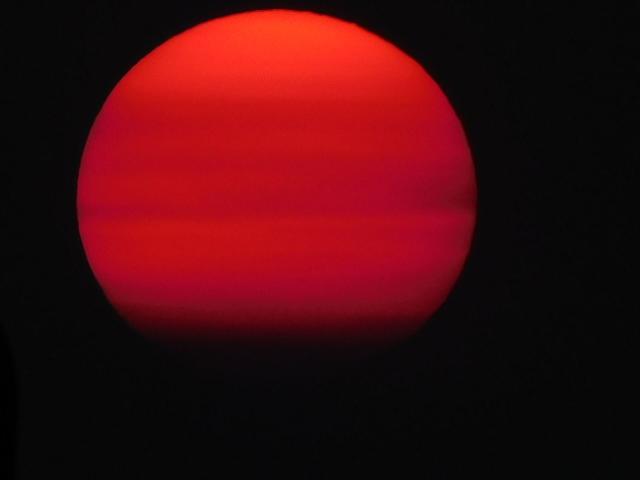Wildfire Smoke Impact on Corn
How Wildfire Smoke May Affect Corn During Silking and Fill Stages
Haze from wildfires in the western U.S., along with western and south-central Canada, has been an ongoing feature across much of North America during summer 2021. Besides the concern over what the smoke particles will do to human health, there is also the question of how this material obscuring the heavens will affect corn during the important fill stage. (We learned from the late-summer drought in 2020 how filling-stage stress could lower harvest-time yield.)
Some checking, both with online searches and through email contacts, shows a mixed impact, depending on the thickness of the hazy sky screen and how long it lasts. Actually, there is potential for some benefit from the haze. An article published in the Journal of Geophysical Research in January 2020 by environmental scientists Kyle Hemes of Stanford University, Joseph Verfaillie of the University of California-Berkeley and Dennis Baldocchi, also of UC-Berkeley, noted that haze can benefit plant leaves by scattering the incoming sunlight. The published article reads in part:
"While we know that wildfire smoke has negative health impacts for humans, there is evidence that it could increase plant productivity. This occurs due to the way that smoke scatters incoming sunlight, allowing the sun's energy to reach further into dense plant canopies. ... We find that smoky conditions increased the efficiency by which these plant canopies photosynthesized, leading to productivity increases, depending on trade-offs with total light and other pollutants."
P[L1] D[0x0] M[300x250] OOP[F] ADUNIT[] T[]
An article with more details on the study done with the conclusion of crop benefit is available at this link: https://eos.org/….
On the other side of the hazy coin, Iowa State Ag Department Climatologist Justin Glisan expressed some caution about the potential for the smoky skies to cause a loss of solar radiation during the fill stage of corn, which could lead to lower grain test weight at harvest. Glisan referenced an article on smoke and solar radiation effects posted on the Golden Harvest seed corn website in late summer 2019, which also featured wildfire smoke in the Corn Belt skies. An excerpt from the article offers details on the impact radiation deficiencies can have on corn depending on its R (reproductive) stage:
"Sunlight is an essential component in photosynthesis that results in production of carbohydrates used for plant development and grain production. Reductions of plant-available light at key growth stages can have negative impacts on yield and possibly put plants at higher risk for stalk lodging. Low solar radiation has the biggest effect on yield during silking and grain-fill periods. Experiments that intentionally shaded corn to approximately 50% solar radiation reduced yield by 12%-20% when shaded during silking and by 19%-21% when shaded during grain fill ... "
"Limited photosynthesis during grain fill signals the plant to remobilize carbohydrates from the stalk to the ear, which weakens the stalk. This problem can be further exacerbated when near-perfect growing conditions during ear-size determination (at V6 for kernel rows/ear and at V18 for kernels/row) and pollination are followed by below-normal solar radiation during grain fill. Favorable growing conditions throughout flowering will set plants up for higher yield potential and create a greater demand for carbohydrates during grain fill than the plant may be able to supply with limited light availability."
The full Golden Harvest article, produced in 2019, is available at this link: https://www.goldenharvestseeds.com/….
Again -- thickness of the haze and how long this feature lasts appear to be the factors that will make the difference in whether the smoky skies of 2021 in the Corn Belt amount to photo ops or to photosynthesis detractions.
Bryce Anderson can be reached at Bryce.anderson@dtn.com
Follow him on Twitter @BAndersonDTN
(c) Copyright 2021 DTN, LLC. All rights reserved.



